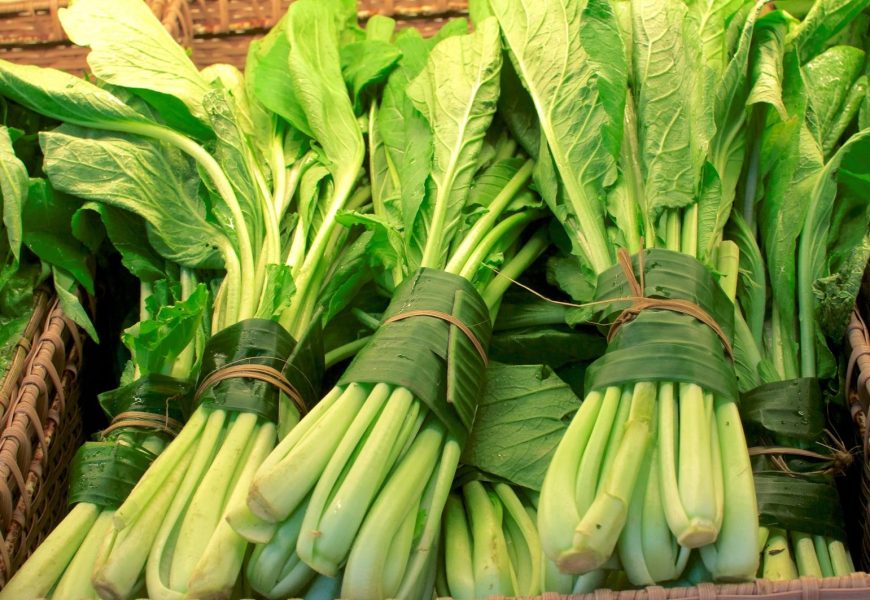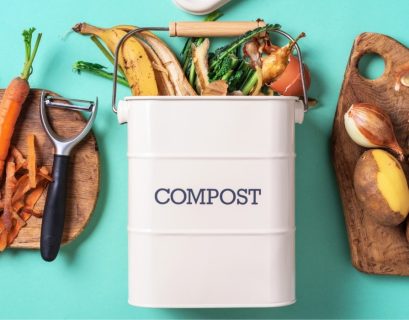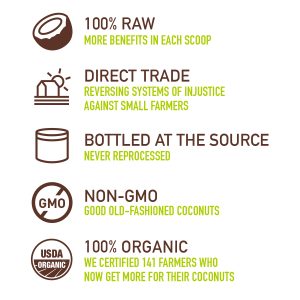The journey towards sustainability begins in the heart of the home—the kitchen. As individuals seek to align their lifestyles with environmentally conscious practices, attention to the procurement and storage of kitchen ingredients becomes pivotal. This article explores sustainable practices that can be implemented in sourcing and storing kitchen ingredients, aiming to support environmental protection and contribute to a greener, more eco-friendly lifestyle.
1. Mindful Ingredient Selection:
a. Local and Seasonal Produce:
Opting for local and seasonal ingredients reduces the carbon footprint associated with transportation. Supporting local farmers and choosing produce in season enhances freshness and flavor while promoting sustainable agricultural practices.
b. Organic Certification:
Prioritizing organic ingredients supports environmentally friendly farming methods that avoid synthetic pesticides and fertilizers. Organic certification ensures that ingredients are grown in a way that minimizes harm to ecosystems and prioritizes soil health.
2. Bulk Buying and Minimal Packaging:
a. Bulk Ingredient Purchases:
Buying kitchen staples in bulk reduces packaging waste and often results in cost savings. Bulk bins or stores that offer refill options for items like grains, legumes, and spices help minimize single-use packaging.
b. Bring Your Own Containers:
Some stores and markets allow customers to bring their own containers for bulk purchases. This practice reduces the need for disposable packaging, contributing to a reduction in overall waste.
3. Plastic-Free Packaging Alternatives:
a. Choose Glass or Metal Packaging:
When faced with packaged options, prioritize products in glass or metal containers. These materials are more easily recyclable and have a lower environmental impact than single-use plastics.
b. Explore Compostable Packaging:
Keep an eye out for products with compostable packaging made from materials like cornstarch or sugarcane. Compostable options break down more easily in composting facilities, minimizing their environmental impact.
4. Waste Reduction Through Meal Planning:
a. Plan and Prep:
Meal planning reduces the likelihood of over-purchasing ingredients, leading to less food waste. Knowing exactly what is needed for the week’s meals ensures that ingredients are used efficiently.
b. Creative Use of Leftovers:
Get creative with leftovers to minimize food waste. Ingredients from one meal can often be repurposed into another, reducing the need to discard unused portions.
5. Composting Kitchen Scraps:
a. Create a Composting System:
Establishing a composting system for kitchen scraps, such as fruit and vegetable peels, coffee grounds, and eggshells, diverts organic waste from landfills. The resulting compost enriches soil for future gardening or plant care.
b. Worm Composting:
For those with limited outdoor space, worm composting (vermicomposting) can be done indoors. Worms break down kitchen scraps into nutrient-rich compost, providing an eco-friendly solution for waste management.
6. Invest in Sustainable Storage Solutions:
a. Reusable Food Storage Containers:
Replace disposable plastic containers with durable, reusable alternatives. Glass or stainless steel containers are excellent choices for storing leftovers and ingredients, eliminating the need for single-use plastics.
b. Beeswax Wraps:
Replace plastic wrap with beeswax wraps for covering food items. Beeswax wraps are washable, reusable, and a sustainable alternative to disposable plastic wrap.
7. Efficient Refrigeration Practices:
a. Organize for Visibility:
A well-organized refrigerator reduces the likelihood of forgotten ingredients spoiling at the back. Visible organization ensures that items are used before they expire.
b. Set Appropriate Temperatures:
Maintaining the refrigerator and freezer at the recommended temperatures ensures food safety and longevity. Proper temperature settings also contribute to energy efficiency.
8. Energy-Efficient Appliances:
a. Choose ENERGY STAR-Certified Appliances:
When it comes time to replace kitchen appliances, opt for those with ENERGY STAR certification. ENERGY STAR appliances are designed to be more energy-efficient, reducing electricity consumption and lowering environmental impact.
b. Regular Maintenance:
Keeping appliances well-maintained ensures optimal performance. Regularly cleaning coils, checking seals, and addressing any issues promptly contribute to energy efficiency and appliance longevity.
9. Mindful Water Usage in the Kitchen:
a. Efficient Dishwashing Practices:
When washing dishes, fill the sink or use a basin rather than letting the water run continuously. This conserves water and reduces energy consumption associated with water heating.
b. Capture and Reuse Water:
Consider capturing water used for rinsing fruits and vegetables and repurpose it for watering plants. This practice maximizes water efficiency and minimizes waste.
10. Support Sustainable Brands and Certifications:
a. Research Brand Practices:
Prioritize brands that demonstrate commitment to sustainability. Researching a brand’s sourcing practices, environmental initiatives, and certifications can guide informed purchasing decisions.
b. Look for Certifications:
Certifications like Fair Trade, Rainforest Alliance, and USDA Organic indicate adherence to specific environmental and social standards. These certifications can guide consumers toward environmentally responsible choices.
Conclusion:
In the pursuit of a sustainable kitchen, every ingredient and storage choice plays a role in shaping a more eco-friendly lifestyle. From mindful ingredient selection and bulk buying to waste reduction strategies and the use of sustainable storage solutions, individuals have the power to make a positive impact. As kitchen practices evolve towards greater sustainability, the collective effort of mindful consumers can contribute to environmental protection and foster a more harmonious relationship with the planet. By embracing these sustainable practices, the kitchen becomes a hub not only for delicious meals but also for responsible choices that resonate beyond its walls.

















